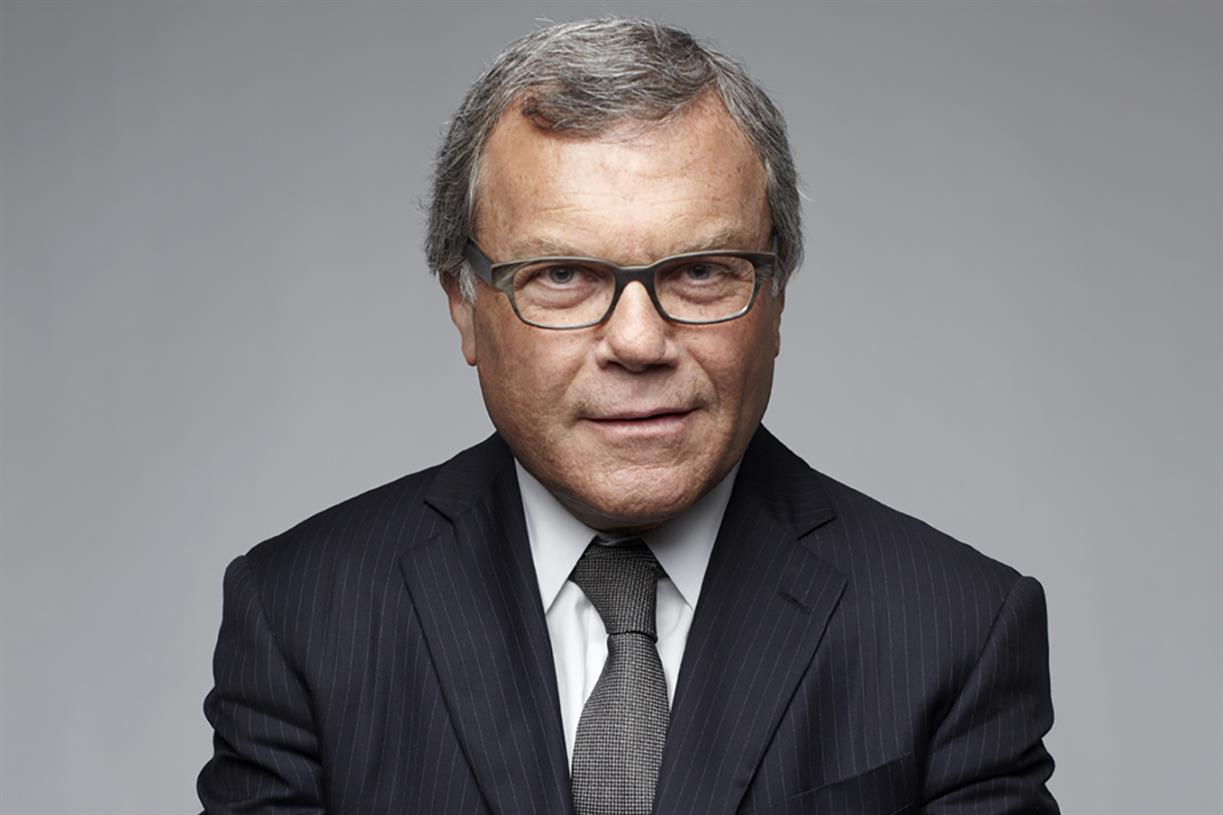SXSW 2022 Women Directors: Meet Gracie Otto – “Seriously Red”
Gracie Otto is currently set-up director on the Netflix Original series “Heartbreak High” and is set to direct the feminist-noir comedy drama “Deadloch” for Amazon Studios. She previously directed “The Other Guy,” “Bump,” and “The Moth Effect.” Her feature-length...
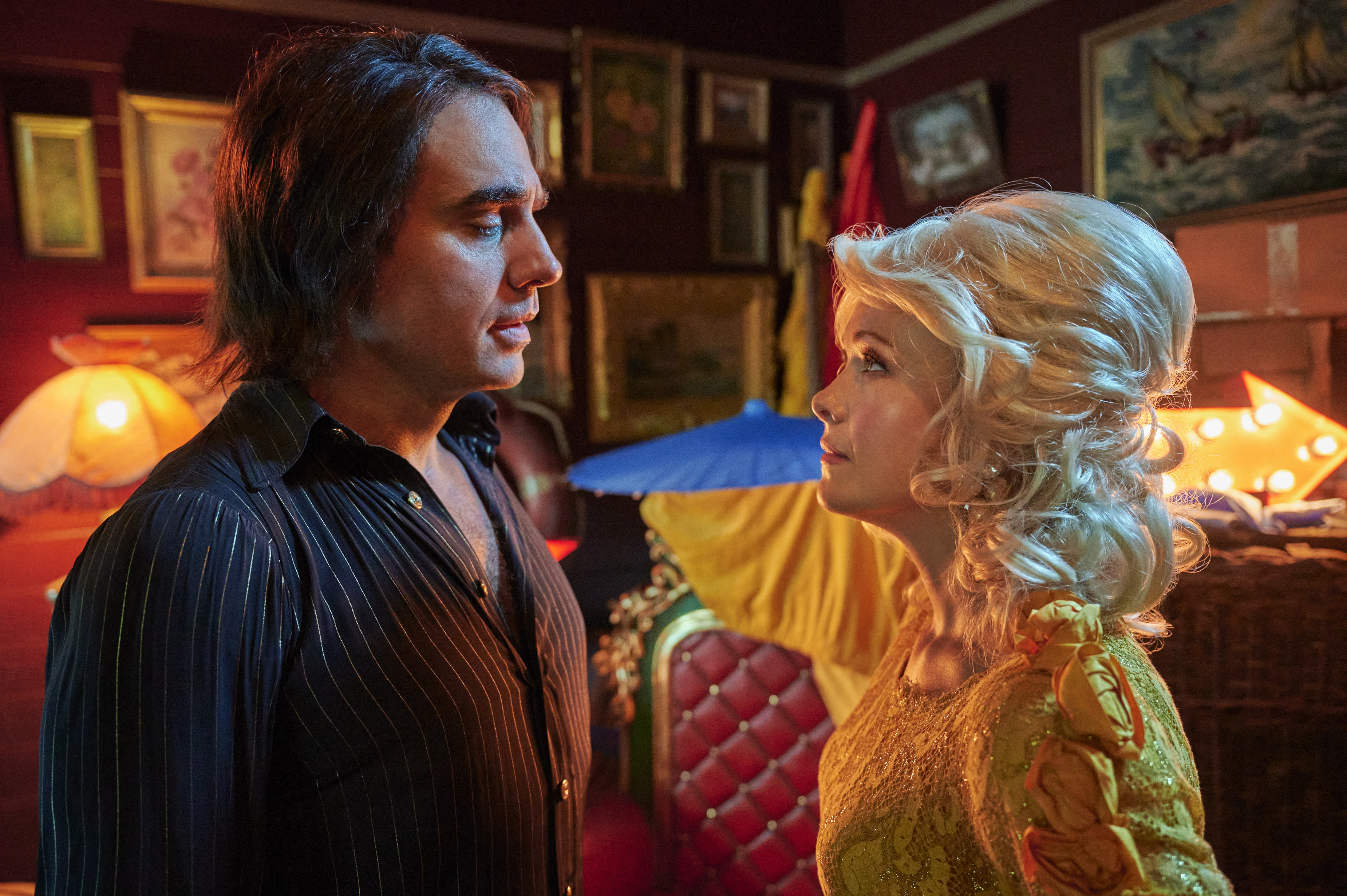
Gracie Otto is currently set-up director on the Netflix Original series “Heartbreak High” and is set to direct the feminist-noir comedy drama “Deadloch” for Amazon Studios. She previously directed “The Other Guy,” “Bump,” and “The Moth Effect.” Her feature-length documentary, “Under the Volcano,” enjoyed its world premiere at SXSW 2021. Otto’s first documentary, “The Last Impresario,” about producer Michael White, was selected for the London Film Festival and was released internationally. She is currently making a film, “Otto on Otto,” about her father, the acting icon Barry Otto.
“Seriously Red” is screening at the 2022 SXSW Film Festival, which is taking place March 11-20. Find more information on the fest’s website.
W&H: Describe the film for us in your own words.
GO: The film is about finding your identity, especially when you haven’t yet figured out your place in the world. The story follows Red (“Raylene”), a woman who stumbles into the extraordinary world of tribute performers. She begins to impersonate Dolly Parton and ultimately find her true self.
W&H: What drew you to this story?
GO: Krew Boylan’s fantastic screenplay was really the draw card for me. Also the fact I had always admired her as an actress — she has such great physical comedy and also can really hit dramatic beats. I thought the story was so original and had potential to bring a really interesting style to it. Since moving back to Australia I fell back in love with the ’90s Golden Era of Australian films, like “Muriel’s Wedding,” and I saw “Seriously Red” as a film that could become a classic in its own way.
W&H: What do you want people to think about after they watch the film?
GO: I hope people learn to love themselves a little more and embrace the individuals we all are.
W&H: What was the biggest challenge in making the film?
GO: The biggest challenge of making the film was our schedule. It all happened very quickly from when I came on board. We needed to film Rose Byrne quite early — whilst still in pre-production — as well as Bobby Cannavale at the end of the shoot. We had to make a lot of big decisions on key locations and continuity very early on but the team really embraced this fast pace and made it happen. It was so worth it in the end because their performances are amazing.
W&H: How did you get your film funded? Share some insights into how you got the film made.
GO: It takes so many people to make a film, and “Seriously Red” is an independent project. It was supported by a number of pivotal stakeholders, including our national screen agency, Screen Australia, and private investors. We were also able to access the Australian Production Offset and Screen NSW PDV, which are great local incentives for Australian-made films.
W&H: What inspired you to become a filmmaker?
GO: I loved cinema since I was a kid. My family are actors and I spent a lot of time backstage at theater shows or on-set of movies and television, and I always loved watching the director. I went to film school back in 2005 in Sydney and since then haven’t stopped wanting to be a director. I feel most at home when I am on-set, and I love the feeling of stepping onto a set and seeing all the trucks and trailers!
W&H: What’s the best and worst advice you’ve received?
GO: Gillian Armstrong said to me years ago, “Don’t focus on writing your own stories, there are so many great writers out there. If you want to be a director doing many movies, attach yourself on those and you can build a successful career as a director as it can take years to get a film up.”
W&H: What advice do you have for other women directors?
GO: My advice would be to work hard and try to get yourself in the door by making short films, fashion films to show your creative talents, and then attaching yourself to a female director who can mentor you and bring you on-set to get the experience it takes to get your foot in the door. Unfortunately, it takes a lot for people these days to take a chance on a new director, so building that experience of being on-set and shadowing other directors is a step that can help speed up the process!
W&H: Name your favorite woman-directed film and why.
GO: “My Brilliant Career” by Gilliam Armstrong — she also made the film when she was 29! It’s an incredible story and so well directed and stands the test of time.
W&H: How are you adjusting to life during the COVID-19 pandemic? Are you keeping creative, and if so, how?
GO: Yes, it’s been a wild few years for everyone. I have been incredibly lucky that my feature documentary, “Under the Volcano,” had just finished filming all over the world when the pandemic happened, and we were able to continue in Australia in post-production. When we shot “Seriously Red,” there wasn’t any COVID around up in the Northern Rivers, so I had really good timing in a lot of ways of when I was in production on jobs, and then a lot of remote post during lockdowns.
W&H: The film industry has a long history of underrepresenting people of color onscreen and behind the scenes and reinforcing — and creating — negative stereotypes. What actions do you think need to be taken to make it more inclusive?
GO: I love initiatives like Free the Bid, which allows you to bring an attachment with you on-set. I work with a lot of young women directors and mentor them, as I know how hard it is to break into the industry. I think the proof of how many women are now winning Oscars and big awards and making amazing films proves itself, and we have come along way but there is still along way to go.

 ValVades
ValVades 







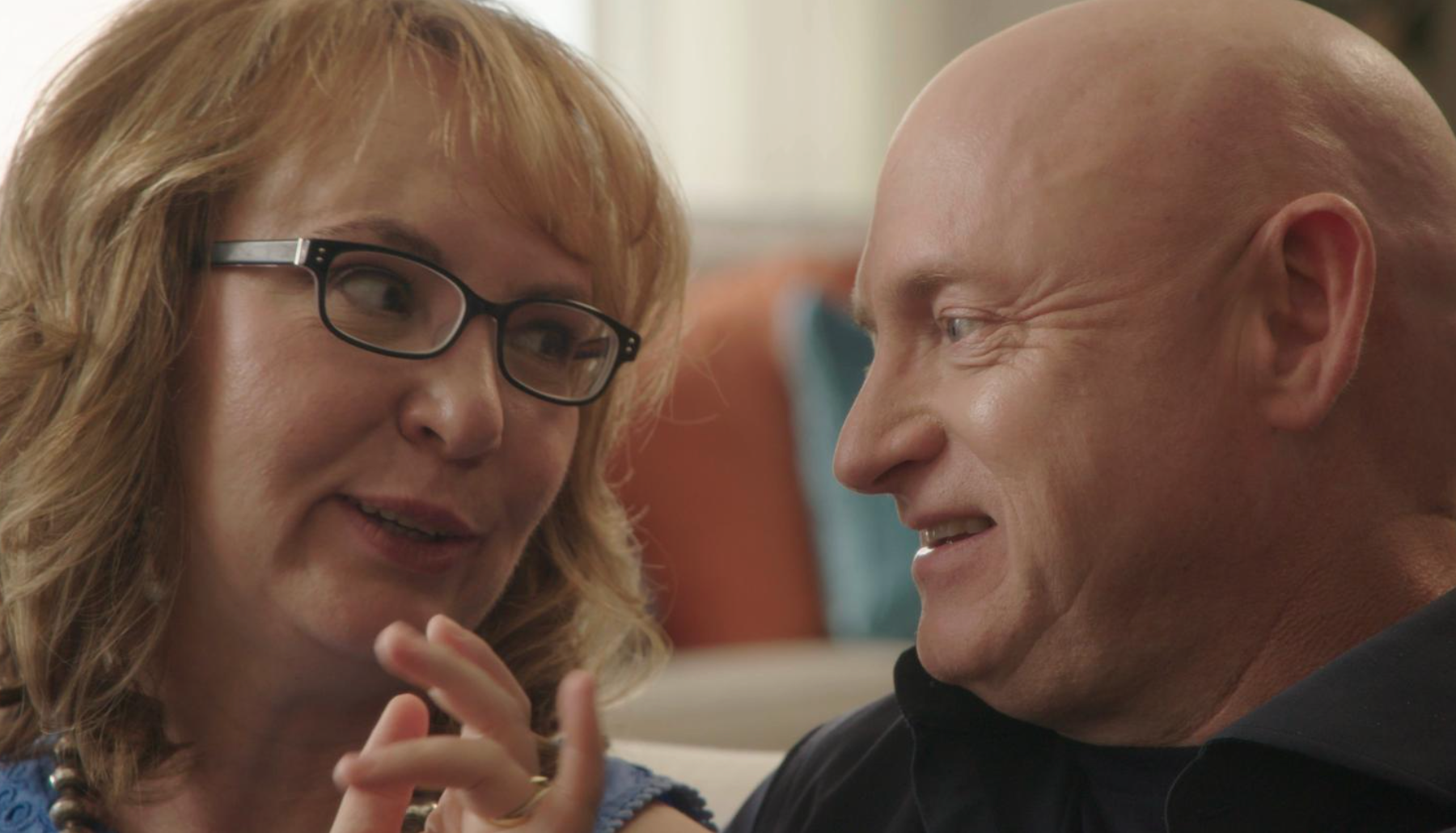
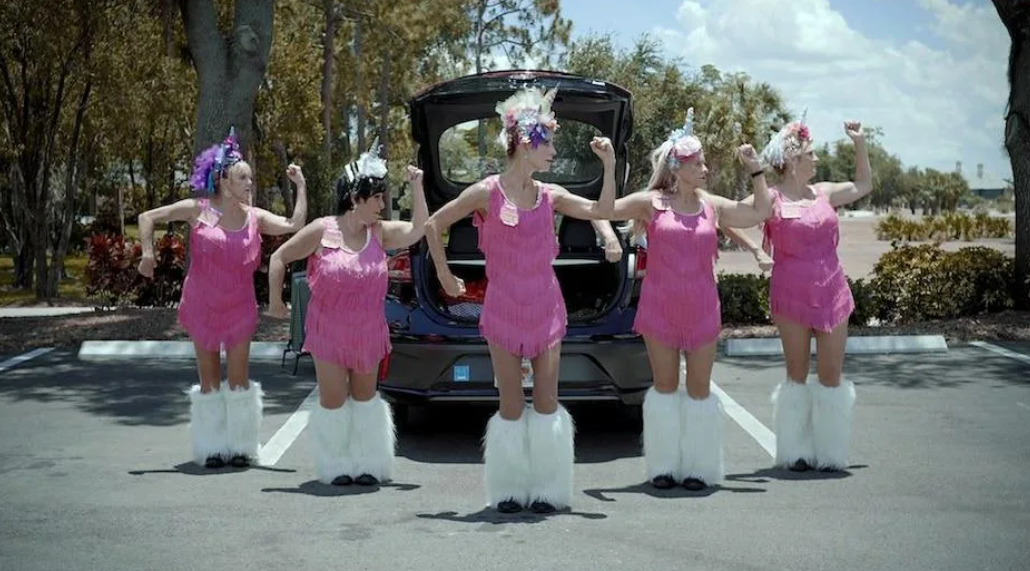
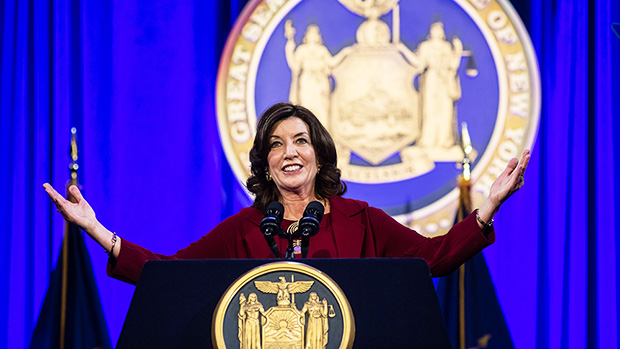
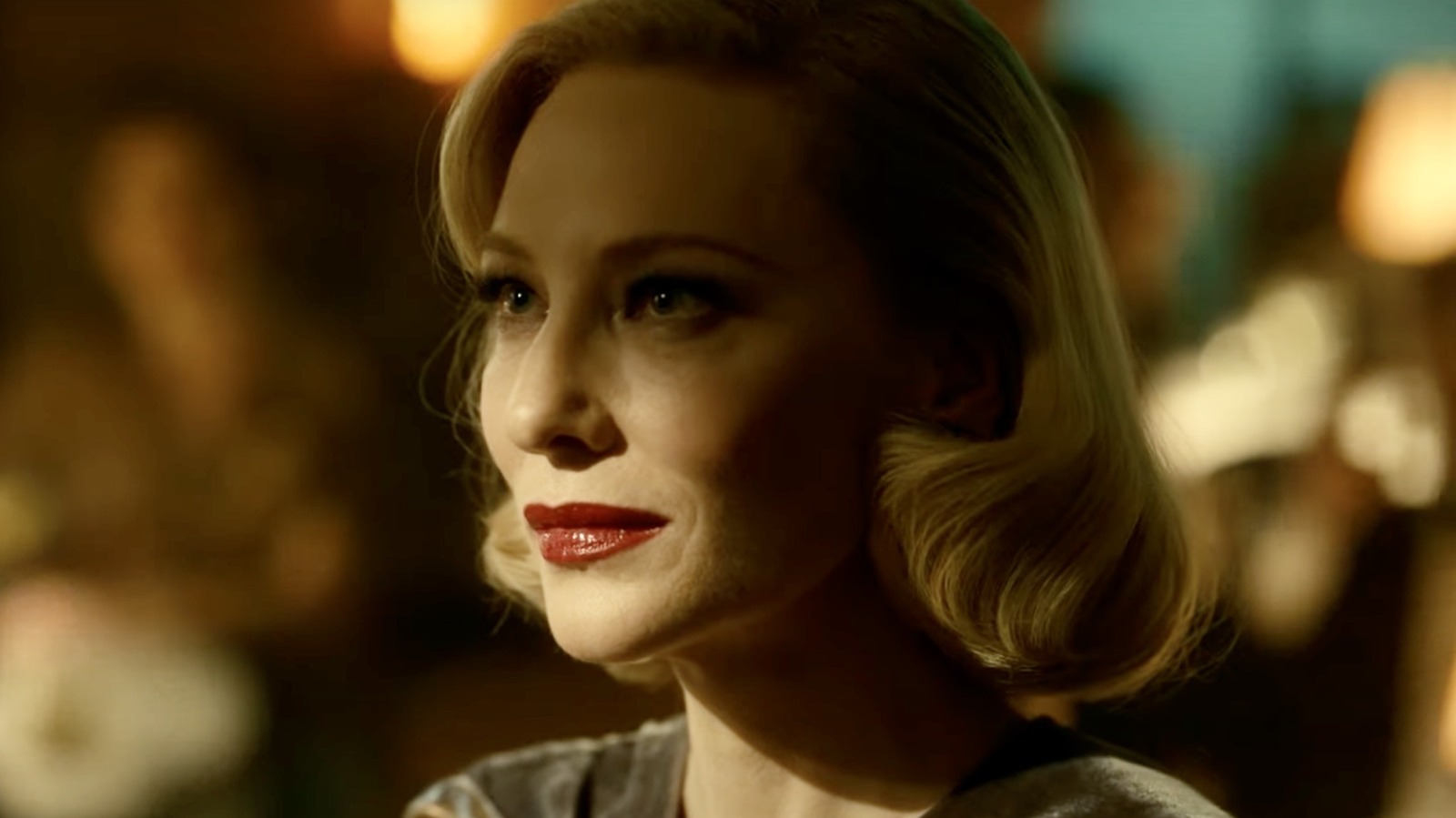
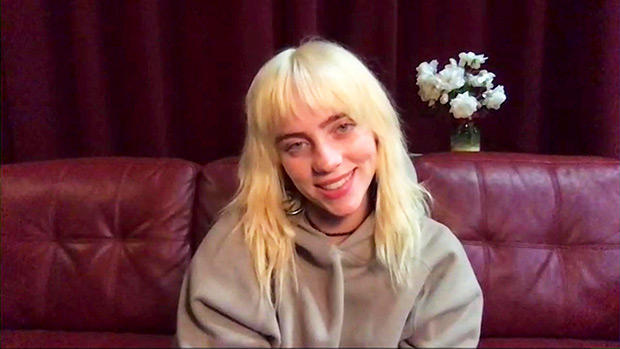

















![Run An Ecommerce SEO Audit in 4 Stages [+ Free Workbook]](https://api.backlinko.com/app/uploads/2025/06/ecommerce-seo-audit-featured-image.png)
